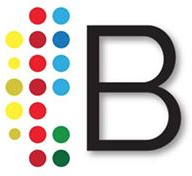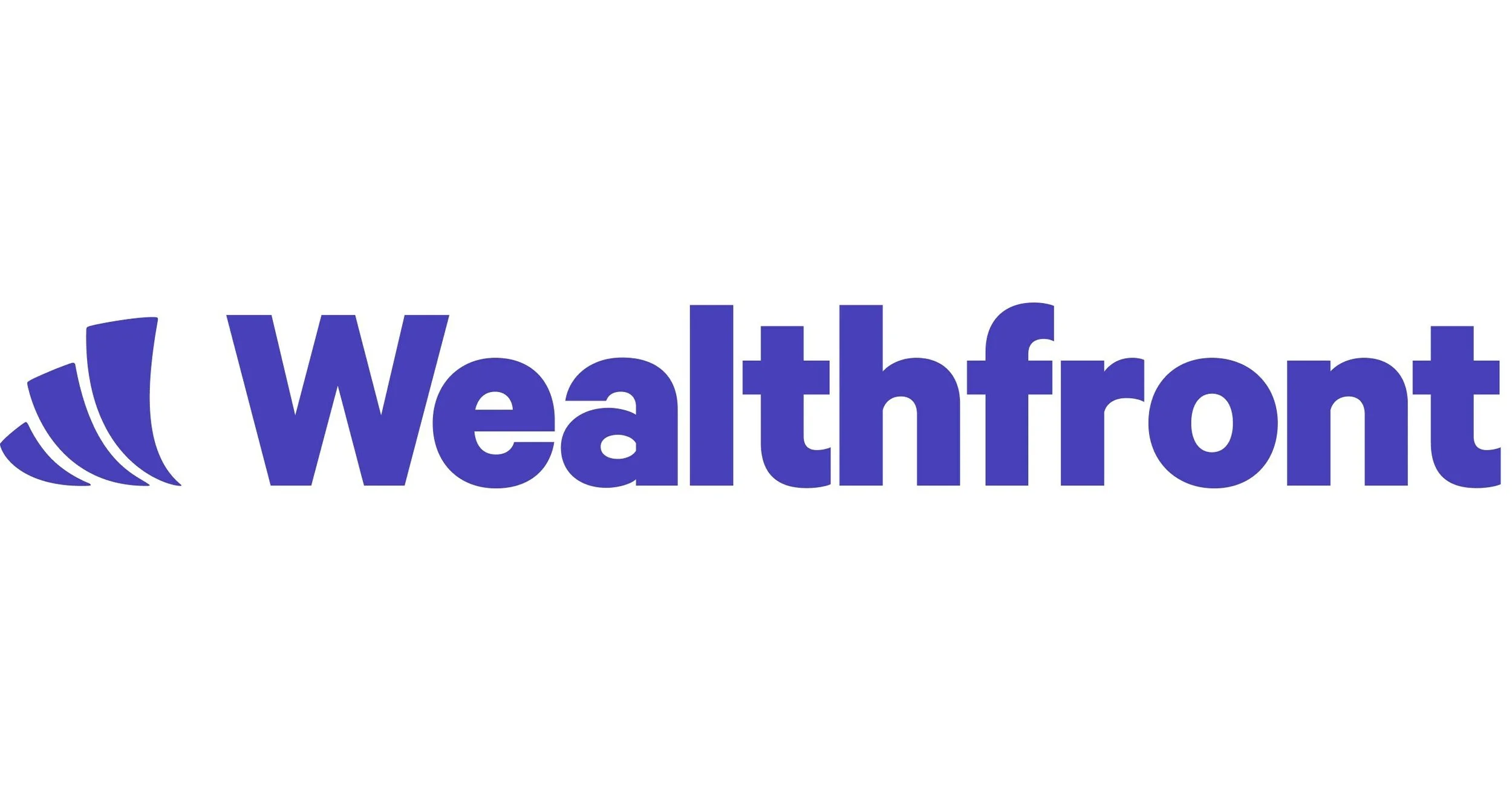Wealthfront’s September 29, 2025 S-1 offers one of the clearest reads yet on where consumer fintech is heading in 2026: automation-first platforms built for digital natives, business models that skew toward cash economics while rates are elevated, and a product roadmap that converges banking, investing, and low-friction money movement.
1) Automation > advice: the robo era has quietly matured
Wealthfront positions itself as a software-led financial platform for Millennials and Gen Z, not a human-advice business. The filing emphasizes a contrarian “build vs. buy” approach, heavy automation, and a low-cost structure across cash, investing, and borrowing. Retention (~95% annually), net revenue retention (>120% for 11 straight fiscal years), and product usage patterns (direct deposits, recurring transfers, portfolio lines of credit, tax-loss harvesting) suggest that automated workflows now meet mainstream expectations for wealth builders. The big idea: “make money with, not from, clients,” and let software scale the unit economics.
Industry read: The original “robo-advisor” frame is dated. The category is now an automated, multi-product operating system for personal finance. Expect the competitive line to blur further with neobanks, brokers, and high-yield cash platforms.
2) Cash is king—when rates are high
Wealthfront’s revenue mix is dominated by cash management economics (≈75% of total revenue in FY’25), driven by its sweep network and “industry-leading APY” posture. The S-1 details pass-through FDIC insurance (up to $8M individual / $16M joint via multiple program banks), fee-free checking features, and 24/7/365 instant withdrawals—signals that “cash + utility” has become a primary client on-ramp and retention lever.
Industry read: As long as policy rates stay elevated, consumer fintechs that can (1) aggregate deposits at scale, (2) negotiate strong sweep economics, and (3) wrap them with best-in-class liquidity features will post outsized monetization versus pure AUM-fee models. Conversely, cash-heavy mixes also increase rate sensitivity—a key risk factor if/when the cycle turns.
3) Product convergence is the new moat
Wealthfront now spans: high-yield cash with bank-like features, passive advisory (0.25% fee), direct indexing and treasuries, instant money movement, a portfolio line of credit priced off the Fed funds rate, and fully paid securities lending (opt-in). The company highlights a roadmap to deepen into life-event products over time (e.g., mortgage, credit, and additional investment products). The strategic throughline: keep clients in one automated, low-friction money OS as their needs evolve from cash to investing to borrowing.
Industry read: Consumer platforms that stitch cash, investing, and credit into a single UX—and fund it with automation-driven cost advantages—will retain more primary relationships than single-product point solutions.
4) Digital natives are the growth engine
Wealthfront explicitly underwrites the “digital natives wealth wave”: >1.3M funded clients, average age ~38, and platform assets of $88.2B as of July 31, 2025, alongside third-party research that projects Millennials/Gen Z wealth compounding into the 2040s. Cohort behavior—recurring deposits, deposits rising with tenure, and high retention at higher asset tiers—supports a durable, compounding flywheel.
Industry read: The TAM for automated, mobile-first wealth platforms is being pulled forward by demographics (peak earning years), behavior (higher savings rates), and UX expectations (no-advisor, app-first). That favors product-led growth motions with low acquisition costs and viral referrals.
5) Profitability with leverage to operating scale
The filing shows meaningful operating leverage: FY’25 revenue of ~$309M, net income of ~$194M (benefiting from a one-time deferred tax effect), and Adjusted EBITDA margin in the mid-40s—unusual for a consumer fintech at this scale. The levers are clear: software-driven support, disciplined product scope, and monetization anchored in cash spreads plus modest advisory fees.
Industry read: Public-market tolerance is now higher for profitable fintechs with clean monetization and visible unit economics than for “growth at all costs.” Expect IPO candidates to emphasize automated ops, cash economics, and retention/NRR math over pure top-line velocity.
6) Dependencies and risks to watch
Rate path & mix risk: A lower-rate regime would compress cash economics and re-weight revenue toward advisory fees; platforms need contingency plans for APY-led acquisition models.
Partner concentration: Sweep administrators and sponsor banks (e.g., program banks, Green Dot, UMB) sit in critical paths for deposit flows and checking features—contract terms and operational uptime matter.
Regulatory drift: Cash-like features inside brokerages, securities lending, and margin lines require precise disclosures and ongoing compliance choreography—especially as balances scale.
Bottom line for fintech strategists and investors
Wealthfront’s S-1 reads like a playbook for the next class of public-ready consumer fintechs: automate everything, anchor the relationship in high-utility cash, expand into adjacent products that keep money in motion on-platform, and let retention + referrals power efficient growth. For the sector, it reinforces a broader regime shift: sustainable profitability and product convergence are replacing the old “single-feature + paid growth” model.
💡 Want to dive deeper into fintech market dynamics, strategic trends, and company profiles? Check out our SeventhBiz Fintech Report for investor-ready insights into neobanking, embedded finance, BNPL, crypto infrastructure, and more.


